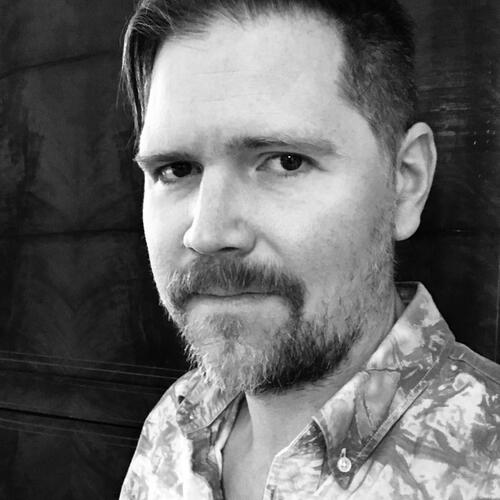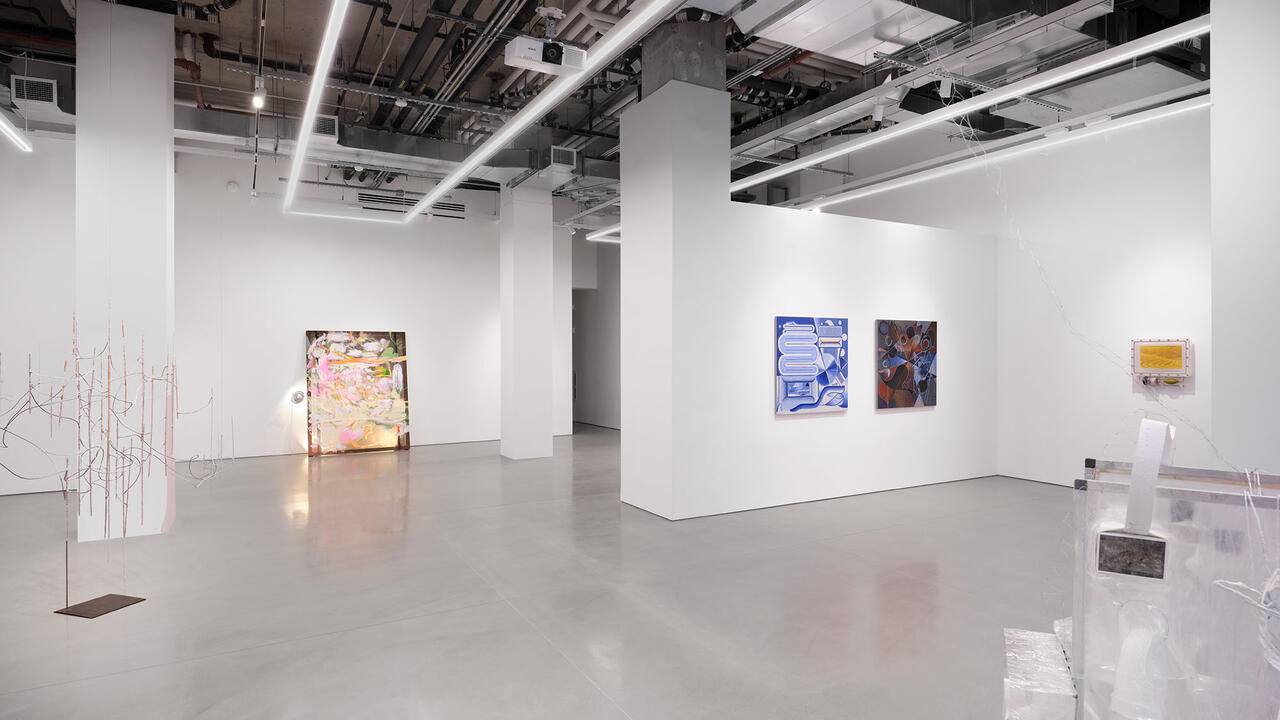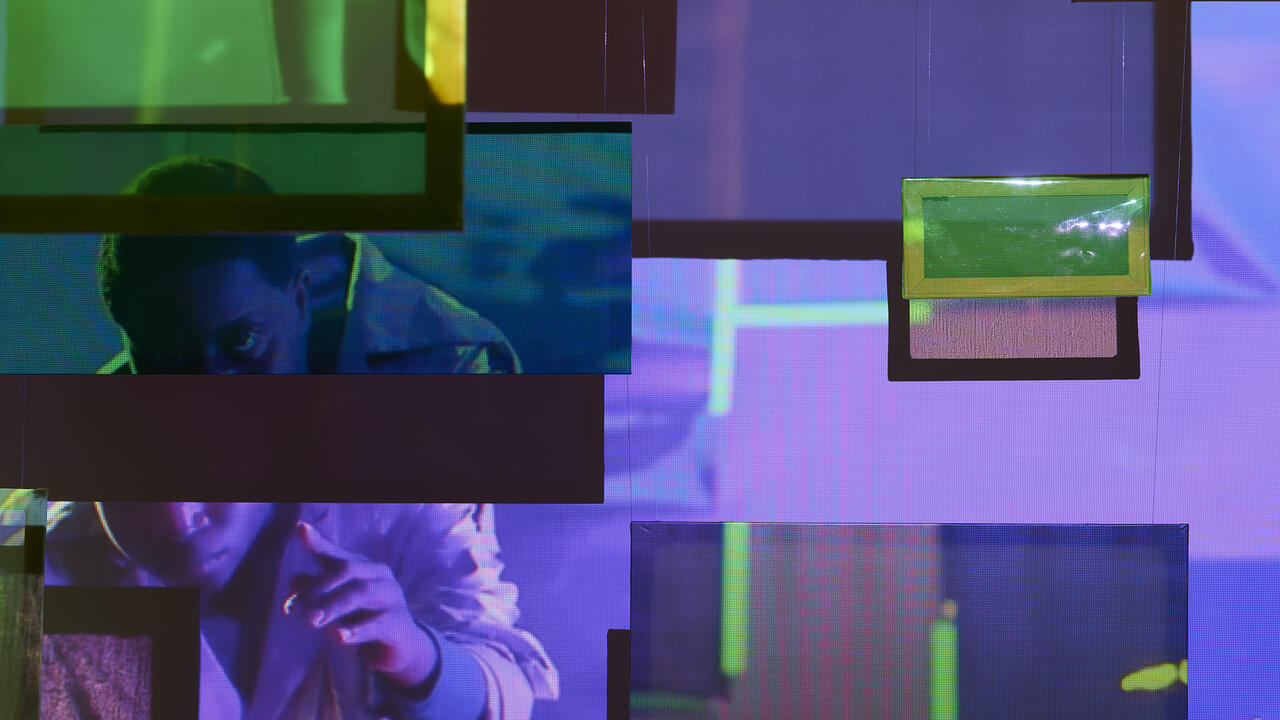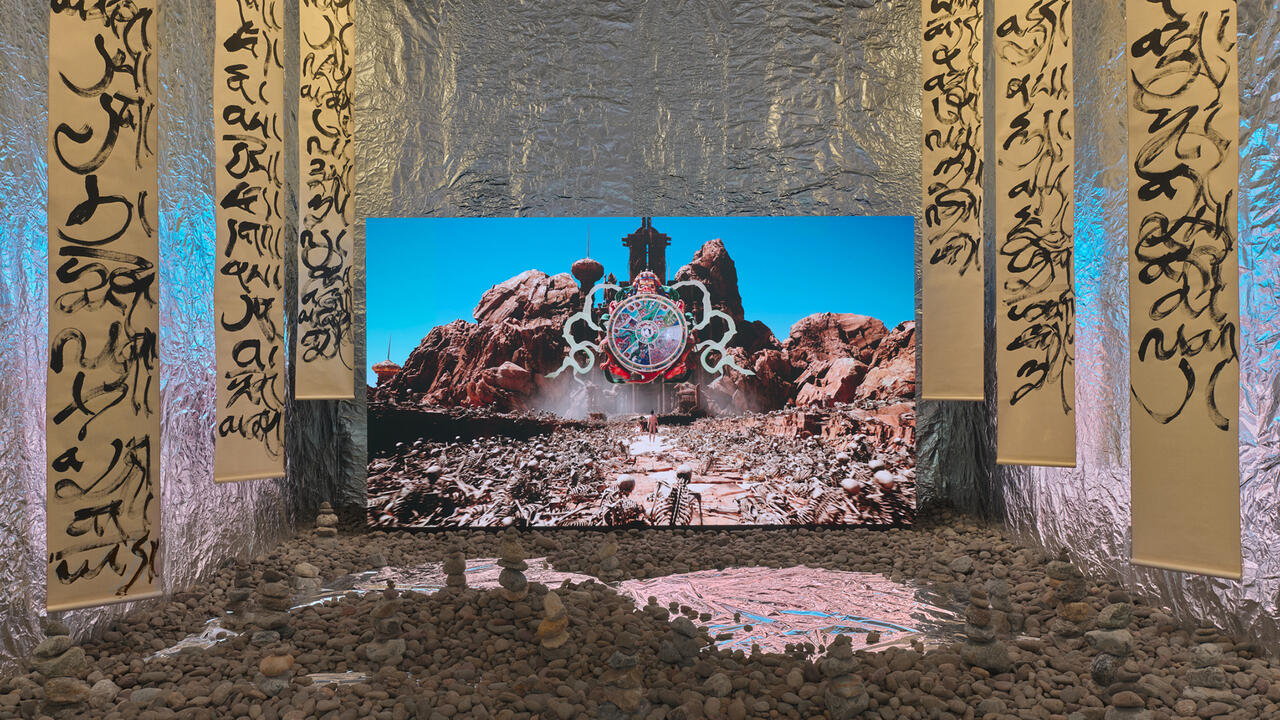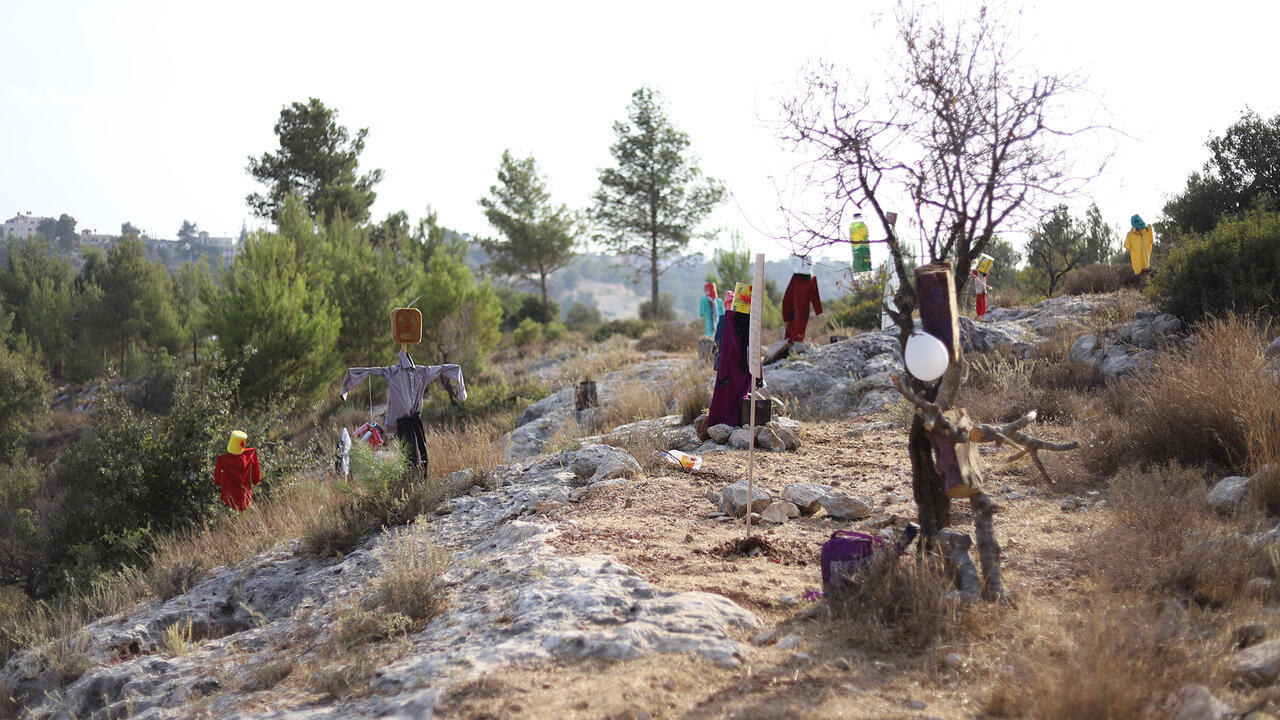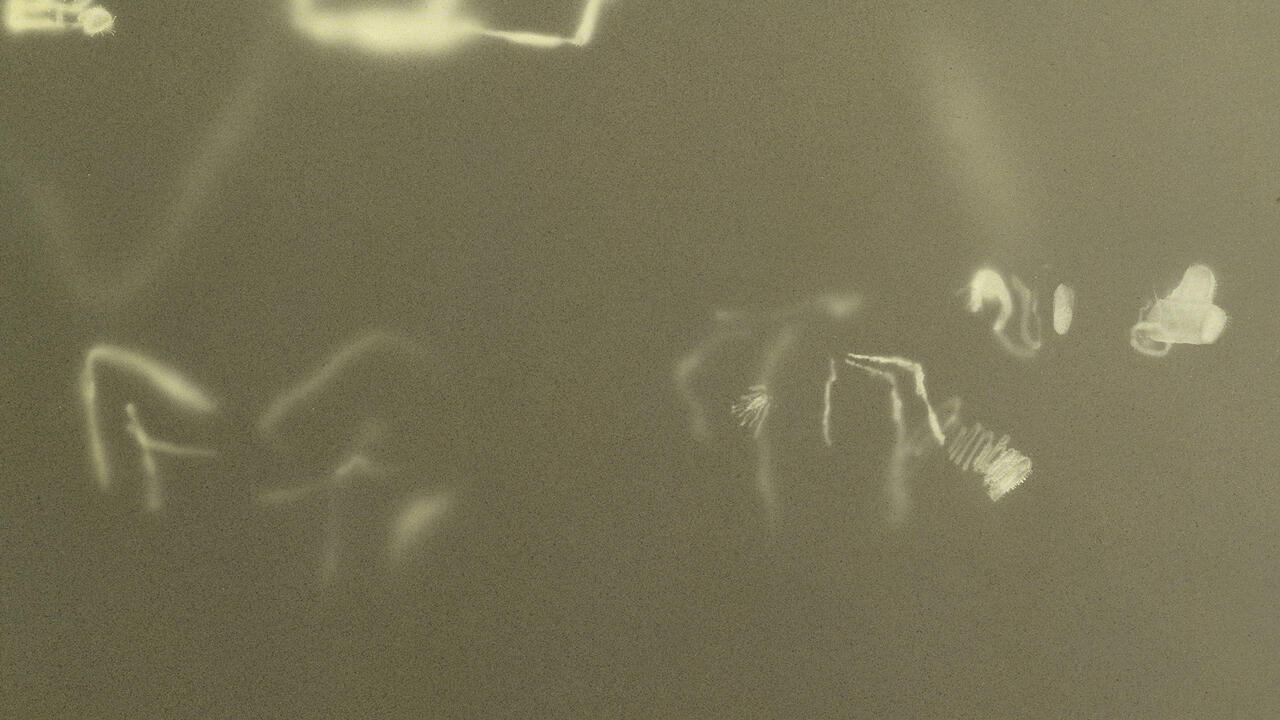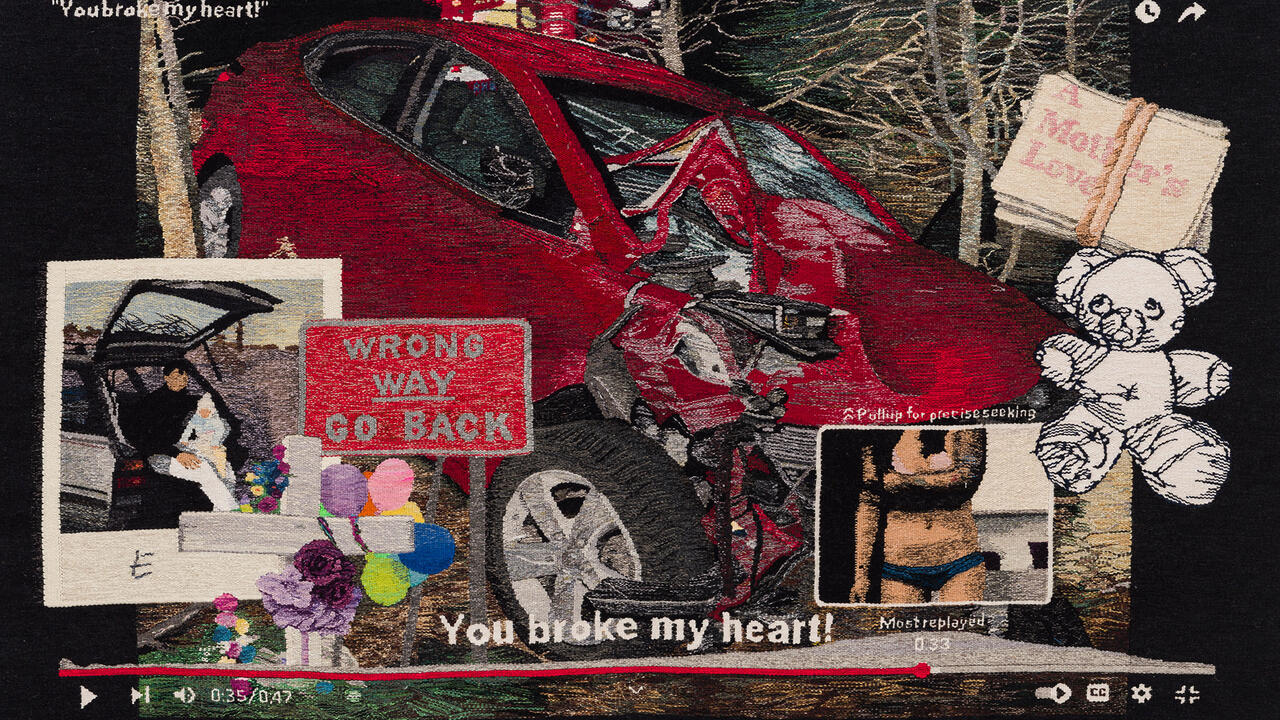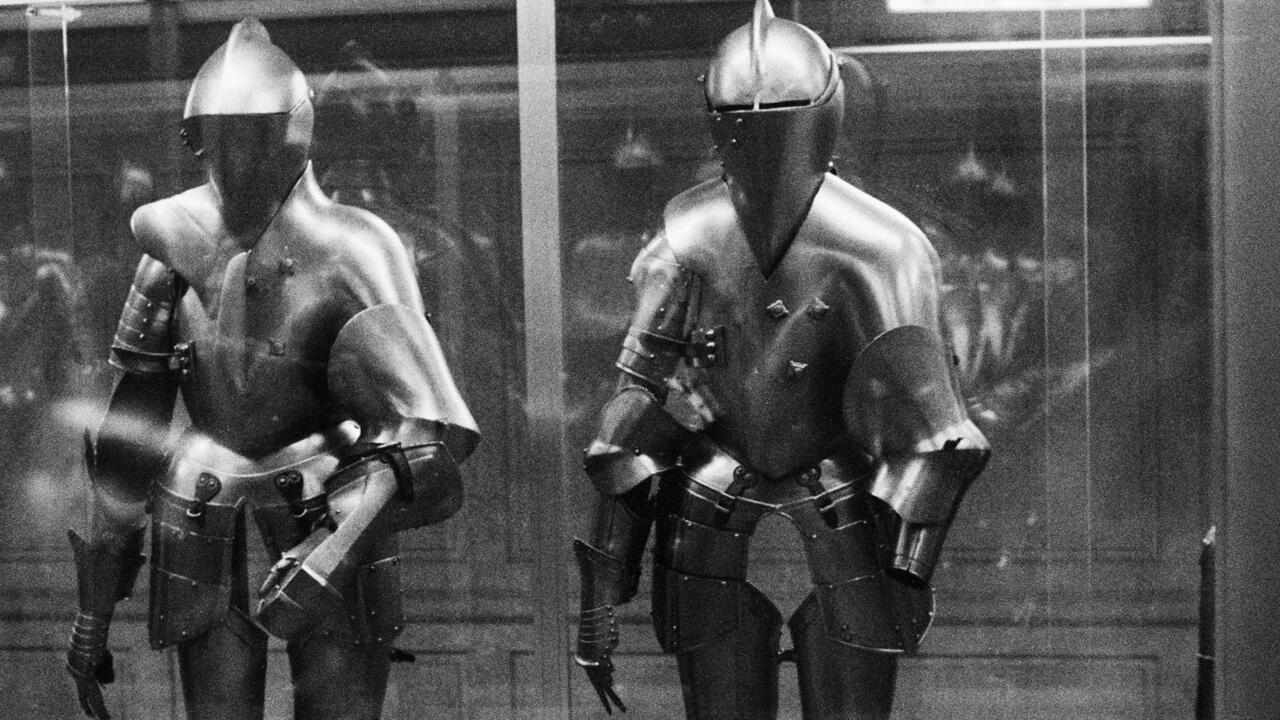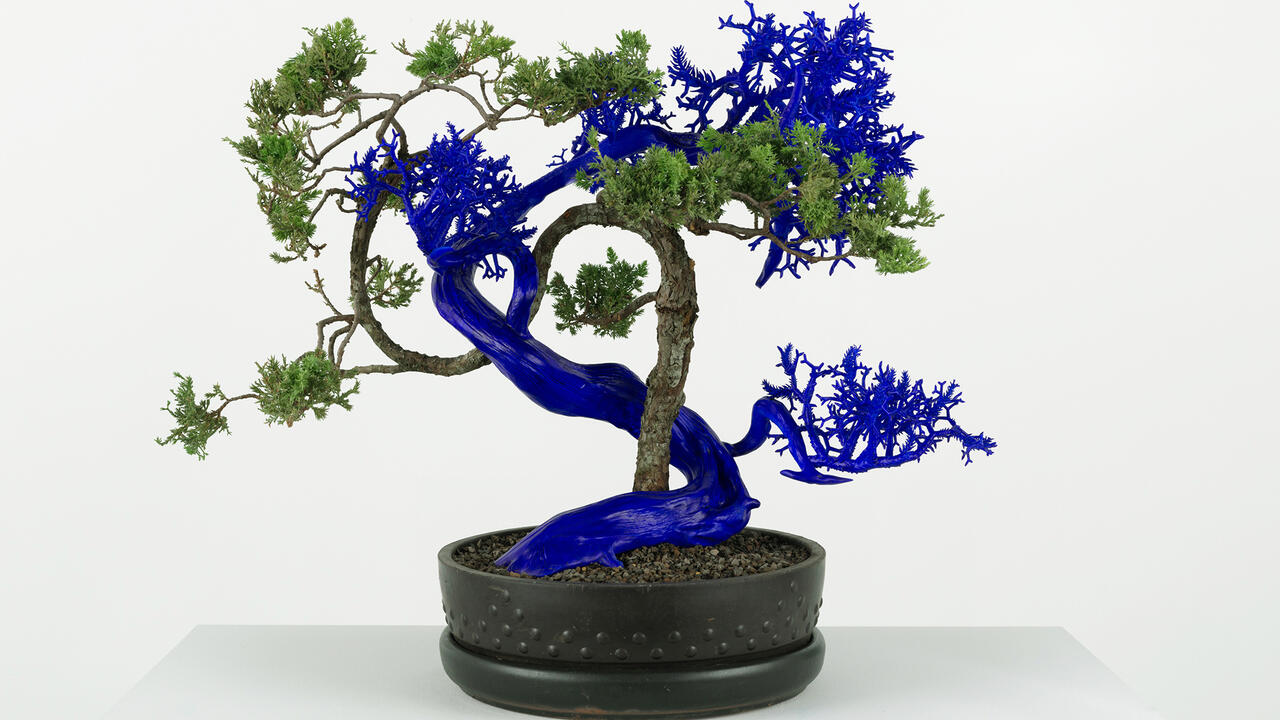Kevin Beasley
Casey Kaplan, New York, USA
Casey Kaplan, New York, USA

In ‘Sport/Utility’, his latest exhibition at Casey Kaplan, Kevin Beasley considers questions of use and value by bringing athletic gear and an SUV into the gallery. It is a truly spectacular set of objects, but only in the most literal way: the implied carnage and sheer scale of the titular work, a stripped and crushed 2008 Cadillac Escalade ESV (all works 2017), inspires a kind of prurient awe. Other pieces defy display convention, such as Air Conditioner (Tempo), an AC unit installed in drywall bridging two rooms and playing dialogue beneath a din of recorded hum. Beasley’s now-signature resin-drenched basketball shoes appear in the form of Adidas Yeezy Boost 750s – themselves a product that blurs the boundary between art, fashion and commerce. They sell (as shoes) for $800 or more and are here merged with a child’s booster seat.

Beasley, a graduate of Yale’s sculpture program, is an unquestionably rising star, set to join the ranks of other mixed-media artists who deal with signifiers of urban blackness, like Theaster Gates, Rashid Johnson and Hank Willis Thomas. But ‘Sport/Utility’ more clearly calls to mind a cultural moment from over three decades ago. In the early 1980s, Jeff Koons consciously updated Marcel Duchamp’s proposition that an artist is a ‘chooser’ who gives once-useful objects new meanings (and later, a new commodity status) by placing them in a fine art context. Many wondered, though, whether Koons’s recontextualized Hoovers or basketballs served as a canny critique of the art world, or merely as a self-enriching joke. At roughly the same time, David Hammons’s Higher Goals (1986) merged urban detritus with the lofty possibilities associated with basketball during the era of Michael Jordan. That work was a cautionary tale, suggesting athletics was a narrow, even illusory, path. But the collaborative, public installation also suggested a ‘higher’ goal of collectivity and community. Hammons also resisted the commodification of his work, famously sculpting with dung, or selling melting snowballs. Beasley seems to have both precedents in mind: the text that accompanies the show points to his desire to ‘re-establish the meaning of a symbol or image’ in the gallery, but he also has large-scale acoustic reflectors on display as part of inHarlem, the Studio Museum’s initiative in a public park.

In ‘Sport/Utility’, the most powerful works are precisely the unspectacular ones. Untitled (Petrified) conjoins two colliding NFL helmets in a spongy, putrefied mass, evoking the gladiatorial quality of professional football and the brain trauma it often causes. Billy’s Clubs nods to the police billy club, but highlights the disturbing name of an actual brand of golf driver, here pooling in inky liquid. It is concise and visceral, a perfect index fossil of an era of police violence and a governing class that takes its meetings at golf resorts that were long served by black caddies.
Still, one leaves ‘Sport/Utility’ unsettled not necessarily by the work itself, but by its context. Beasley’s play of sublimation and desublimation is technically skilful, but it still works mainly to shift potent symbols of black poverty and consumerism into a different register of consumption altogether – another déjà vu moment. Those who participated in the debates of the 1990s will likely remember David Samuels’s 1991 New Republic article that demonstrated that gangster rap’s core audience was composed primarily of titillated white suburbanites; and by 1999, Kobena Mercer warned that the price of a ‘multicultural’ art world might be that diaspora artists were expected to traffic in signifiers of ‘hyperblackness’ while meaningful equity remained elusive.
Beasley’s work confirms that these are still meaningful provocations, and it is difficult to see ‘Sport/Utility’ without wondering whether, in another context, the artist’s work would court racial fetishism or subvert it. This risk is, arguably, why Kara Walker paired her own spectacular 2014 installation at Brooklyn’s Domino Sugar factory with a retrospective video titled An Audience, reflecting on the commodification – either in money or in social media capital – of black suffering. Perhaps, then, this show is something of a Trojan Horse for Beasley, an augur of more conceptually-subtle work to follow.
Main image: Kevin Beasley, Untitled (petrified), 2017, polyurethane foam, resin, Redskins 1937 throwback speed helmets, 30 x 30 x 71 cm. Courtesy: Casey Kaplan, New York









